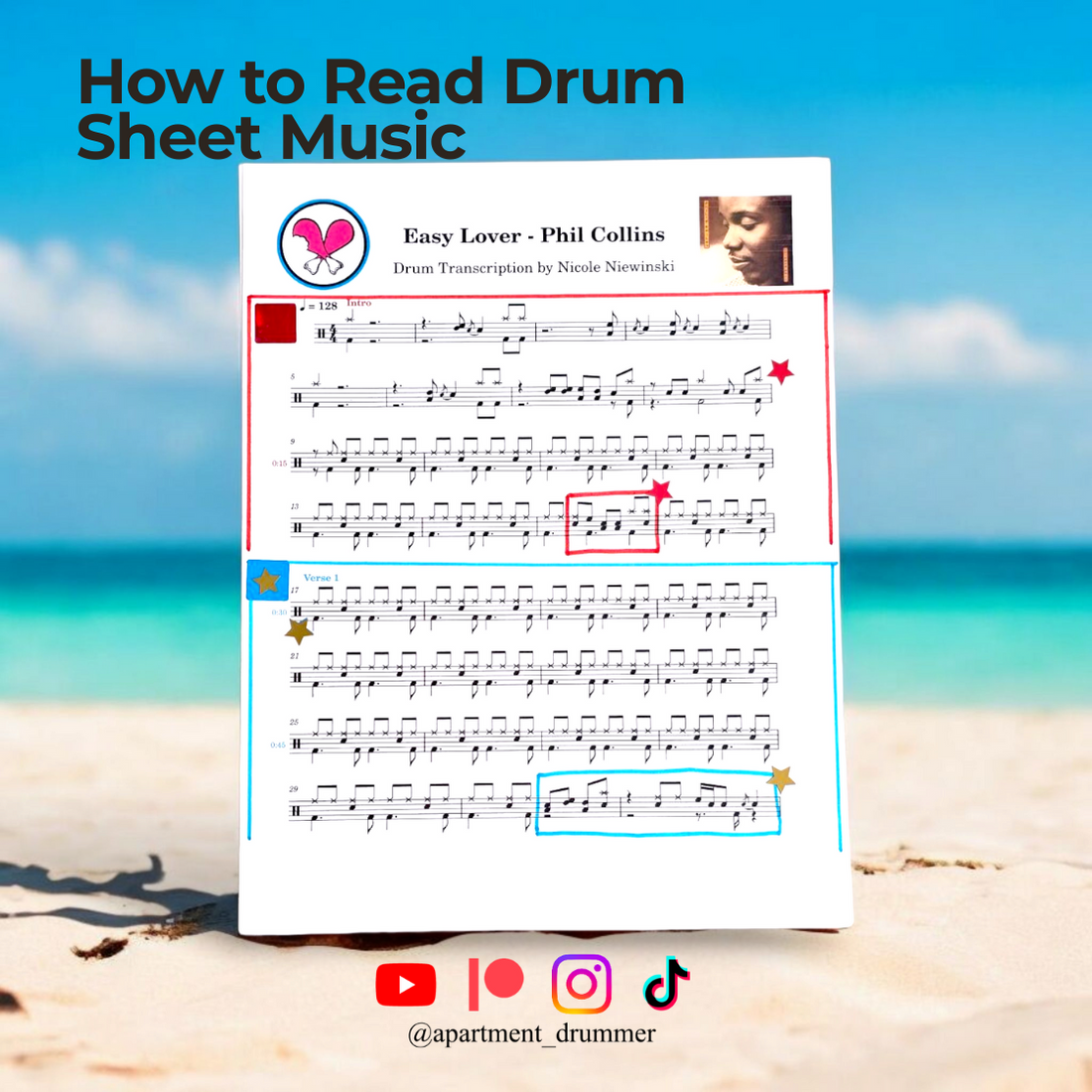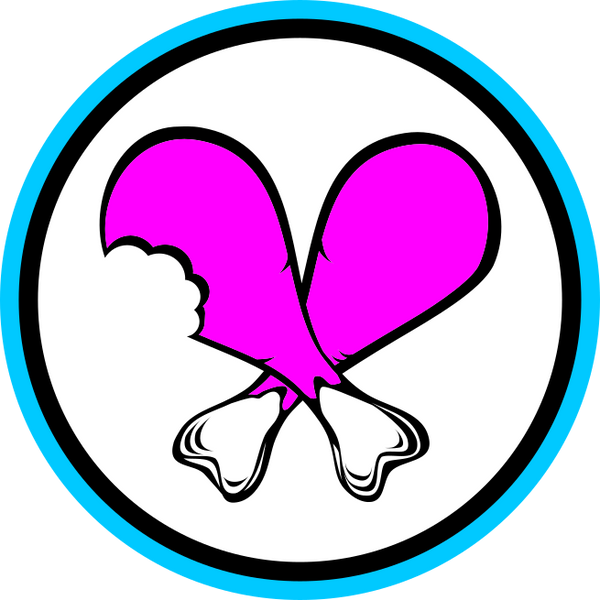
How to Read Drum Sheet Music: A Beginner’s Guide (No Music Theory Needed!)
Share
Ever look at a page of drum sheet music and feel totally overwhelmed by all the lines, symbols, and noteheads? You’re not alone — reading drum notation can seem confusing at first, especially if you’ve never read any kind of music before. But the good news? It’s way easier than you think — and once you understand a few basics, you’ll be able to learn songs faster, memorize parts better, and become a more confident drummer.
In this guide, I’ll walk you through the essentials of reading drum sheet music — even if you’ve never read notes in your life!
🧠 Why Learn to Read Drum Notation?
Before we dive in, here’s why learning to read drum music is a game-changer for your drumming:
✅ You’ll Learn Songs Faster – No more relying solely on your ears or YouTube play-throughs.
✅ You’ll Understand What You’re Playing – Grasp the structure of beats, fills, and rhythms.
✅ You’ll Be Able to Play in Any Setting – From session gigs to band rehearsals, being able to read opens up tons of opportunities.
✅ You’ll Retain What You Learn – Visual learning boosts memory and recall, helping you lock in grooves and transitions with ease.
🥁 The Basics: What You’re Looking At
Drum sheet music is written on a 5-line staff — just like traditional music — but instead of notes for melody or harmony, it uses symbols to show different drum and cymbal hits.
Each line or space represents a specific part of the drum kit. Here’s a quick cheat sheet for the Drum Tabs in our sheet music library:

Tip: You won’t typically find the ride cymbal notated the way we do in other drum tabs — and that’s intentional.
Often, the ride is written using the same symbol as the hi-hat, only slightly higher on the staff. This small difference often causes change blindness — when your brain fails to notice subtle visual changes. By giving the ride cymbal a unique symbol and clear spacing, our notation helps you sight-read more accurately and catch transitions in real time.
🕒 Understanding Rhythm: Notes & Rests
Each note you see tells you when to hit and how long to wait until the next note. Here are the most common note values (in the most common time signature):
-
Quarter Note (♩) – 1 beat
-
Eighth Note (♪) – ½ beat
-
Sixteenth Note (𝅘𝅥𝅯) – ¼ beat
-
Rest – A symbol that means “don’t play” for that amount of time
🔁 Think of it like this: The notes tell you what to hit, and the rhythm tells you when to hit it.
If you’re playing a basic rock beat with hi-hats on every 8th note and a snare on 2 & 4, the sheet music would look like the image below on the left. Depicted on the right is the same beat translated into a color-coded Grid Notation that I have developed over years of teaching:

🎼 Traditional Notation vs. Grid Notation

On the left, you’ll see traditional music notation — which requires an understanding of rhythmic theory to interpret correctly.
On the right, each column of the grid represents one 16th note, making it crystal clear when each hit lands.
Many students, especially visual learners, struggle with traditional notation as rhythms get more complex. It’s common to play the right notes in the right order, but space them incorrectly — missing key rests or accents.
With Grid Notation, there’s no need to decode rhythmic theory — you simply read column by column, seeing exactly which drum or cymbal lands on each 16th note.
🎨 Color Coding Makes Sight Reading Faster
Tip: Assigning a unique color to each part of the kit (e.g., blue for bass, green for snare, black for hats) adds an extra layer of information your brain can absorb. Over time, your brain builds stronger associations between the color and the sound, dramatically improving your ability to sight-read quickly and accurately — even during fast fills or tricky syncopation.
If you're wanting to get the most out of this personalized method, Drum Lessons (online via Patreon or in person at Long and McQuade - East & Chinook) are the perfect way to make it second nature. I’ll help you to develop an easy-to-remember, personalized system, and apply it to real songs from day one.
🛒 Shop Drum Sheet Music & Practice Tools
Ready to put your new reading skills to work? Check out our most popular tools for drummers:
✅ Drum Sheet Music & Practice Tracks
✅ Silent Stomper Isolation Platforms – Practice Without Annoying Your Neighbors
✅ Private Drum Lessons with Nicole
✅ Session Drumming Services
